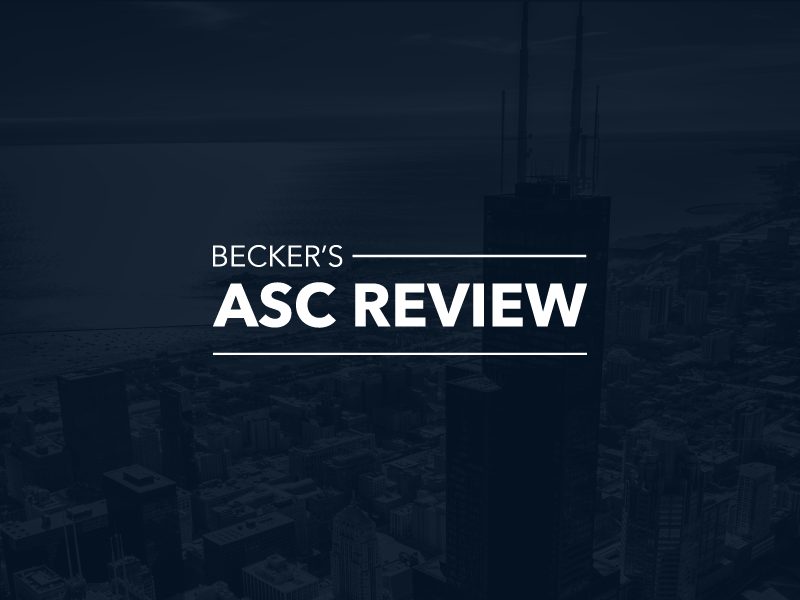For just revenue, the actual data is available online, and you can usually look up the numbers for a specific hospital, if it's a large academic institute, as they generally have to publicly report this.
This is a much trickier question, in part because the presence of some departments are important for revenue of other departments, and some departments are more "slow burns." Organ transplants don't bill anywhere near as much as orthopedic procedures, but they make plenty of money, because with that organ comes over a hundred follow-up visits to various specialties over the years - it's an "investment." Etc.
With the percentage of hospital income from outpatient visits rising, and with the advent of telemedicine further complicating things (I don't know the billing details, but the costs are extremely low), it's probably a tough calculation. But if I had to guess, I'd assume similarly to other posters that oncology is one of the most profitable regardless of what you account for.

